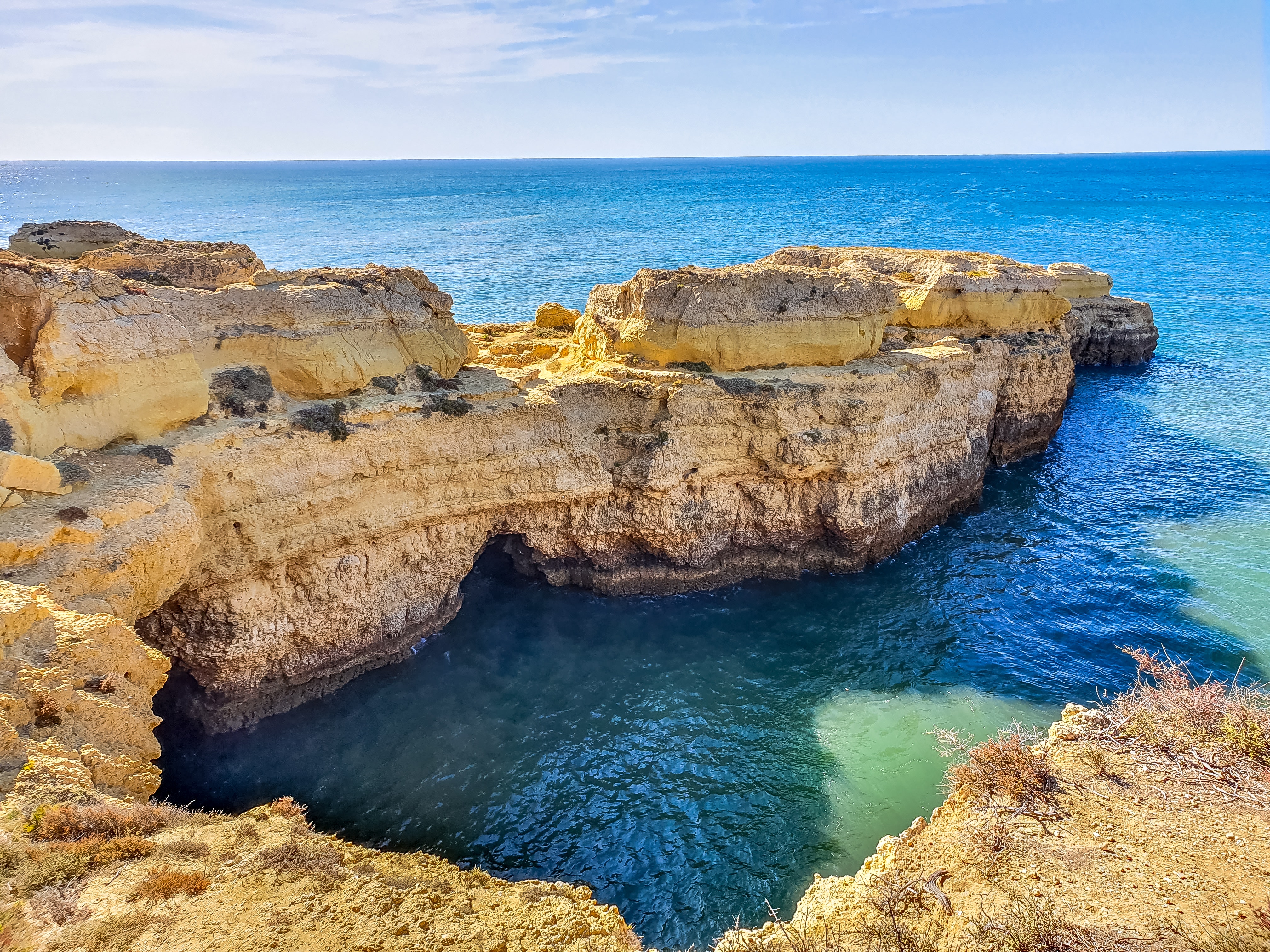The Pointy Hat Brigade: Holy Week in Southern Spain
When I first saw the pointy hats, it was slightly unnerving. For most people, the associations are obvious. Thankfully pointy hat wearing in Jerez started way before the Klan was formed, so nothing to do with each other apart from the style of hat.
The pointy hat brigade, as my colleague likes to call them, comes out during Holy Week (called Semana Santa in Spanish). The Holy Week procession is a tradition which seems to have developed in southern Spain, Seville, Malaga and Jerez in particular, but has spread to other parts of the Hispanic world. I’m told Holy Week trumps Christmas in the holiness stakes. Not being a Roman Catholic, my understanding of all the meaning and significance is a bit patchy, but for me, the processions make for quite compelling viewing. There are several every evening of Holy Week taking many hours to trace a route from their parish to the Cathedral and back again, returning in the small hours. The week reaches a climax on Maundy Thursday and into the early hours of Good Friday.

The capirotes (pointy hats), although distinctive are only a part of the whole show. The most dramatic and impressive part of the parade is the Paso, a kind of float carried by men called costaleros. The processions are organized by brotherhoods, known as Hermandades or Confradias and each usually has two pasos, the first bearing an image of Christ and often allegorical scenes from the Passion, and the second an image of the Virgin Mary. These pasos can be enormous, often elaborately decorated and plated in silver so must have some serious tonnage. There is usually a kind of skirt around the bottom of the paso, so one can just see the feet of the costaleros poking out as they shuffle the paso along. If you are very lucky, you might see the paso pause for a moment and a lady hang out on a balcony above to sing a saeta.
Swirling around the paso there is always a lot of incense, and to keep spirits up the processions usually include a marching band. The music is quite distinctive, a bit pasodoble, sometimes dirge-like, sometimes upbeat but always Spanish to the core.
After watching the processions, it’s never a chore to disappear down one of the side-streets, into a bar. There is something exotic about sipping a warming Oloroso with a whiff of incense in the air and music somewhere in the distance – it certainly beats a hot cross bun.
Hasta la proxima
Justin Roberts







